Paul Friedrich Meyerheim (1842 Berlin - 1915 ibid.). Study sheet with female torso, hands and umbrella. Pencil on paper, 27,5 x 22,5 cm (visible size), 23 x 29cm (sheet size), 44,5 x 34,5 cm (mount), bottom right marked with signature stamp as "Paul Meyerheim Nachlass".
- somewhat stained and with light crease marks
- The characteristic of the inconspicuous -
to the work of art
Like his close friend and mentor Adolph von Menzel, Paul Meyerheim, a generation younger, was a close and equally humorous observer of the everyday. Both often captured seemingly insignificant things, which - artistically put into the picture - nevertheless unfolded their characteristics for society and the general human condition. Menzel pursued the realism initiated in Berlin by Daniel Nikolaus Chodowiecki of preserving and emphasizing the characteristic in the detail of the everyday in a straightforwardly excessive manner, which Meyerheim also practiced.
The present sheet is just a prime example of the observation of such mundanities. We see a lady screwing a decorative knob onto the top of a parasol. Although the body is realistically sculpted and situated in the sunlight due to the skillful use of light and shadow, the head and lower body are not included. This results in a concentration on the action shown, which also gains an independence through the omission of the only implied head. The action is not characteristic for a certain person, but will be performed in such a way or similar by every lady with such an umbrella problem. Already through the method of representation the characteristic particular becomes something general.
If we see the executed action in front of the upper part of the lady's body, then Meyerheim has brought only the action as such to the representation in front of this scenery. By zooming in, the acting hands seem to float in front of the viewer's eyes. They appear as if performing a kind of magic, with the fingers of one hand elegantly handling the ball of the pommel. In this incidental, entirely purposeful action, the elegance and skill of the ladies is shown, and at the same time the human need to protect themselves from the sun with the shade of an umbrella.
about the artist
Paul Meyerheim came from a family of artists. His father, Friedrich Eduard Meyerheim, was a painter, as were his uncles Hermann and Wilhelm, while his mother, Caroline Friederike, was the brother of the sculptor Friedrich Drake.
After receiving his first art lessons from his father, Paul Meyerheim studied at the Berlin Academy of Arts from 1857 to 1860, where he was strongly influenced by the animal painter Teutwart Schmitson. At just 18 years of age, Meyerheim began presenting works at the Great Berlin Art Exhibition in 1860, which earned him recognition as an artist. He also achieved an international breakthrough when he was awarded the gold medal for his work Menagerie at the Paris Salon of 1866.
After study trips to Switzerland, Belgium and Holland, Meyerherim spent a year in Paris in 1865/66, in particular to study the new realistic art of a Gustave Courbet and the landscape painting of the Barbizon school, which was created in nature. He then devoted himself primarily to landscape painting and traveled several times to the Alps, where his close friend Adolph Menzel accompanied him.
He also shared with Menzel a preference for depicting animals. Their joint studies at the Berlin Zoo resulted in numerous animal depictions as well as Meyerheim's murals for the antelope house. Due to his virtuoso mastery of animal painting, he was appointed professor at the Berlin Academy in 1883 and entrusted with the direction of the animal painting class.
By 1880 Meyerheim was also in such demand as a portrait painter that he produced a life-size portrait of Emperor Wilhelm I for the meeting hall of the German Reichstag. This success led him to have Alfred Messel, the builder of the Wertheim department store on Leipziger Platz, build him his own home on Hildbrandstrasse, which he moved into in 1893 after an extended study trip to the Orient. The Meyerheim house became a social institution with regular receptions and parties.
Meyerheim was also in demand as a book illustrator. Among other things, he designed a children's ABC published in 1880 and illustrated the Grimm fairy tales in 1884. He was virtually predestined for the pictorial design of the first volumes of Brehm's Animal Life.
Also worthy of mention is the cycle Lebensgeschichte der Lokomotive (Life Story of the Locomotive), commissioned by Albert Borsig between 1873 and 1876 and comprising seven paintings on copper, which is one of the earliest works of industrial painting.
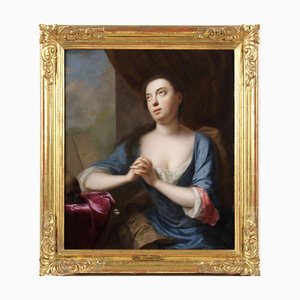
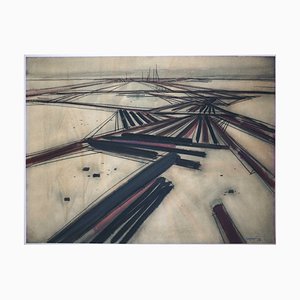
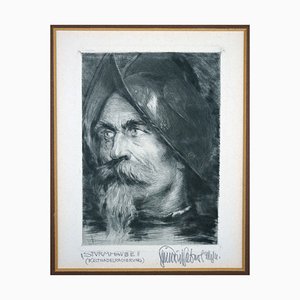
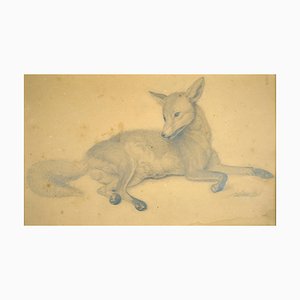

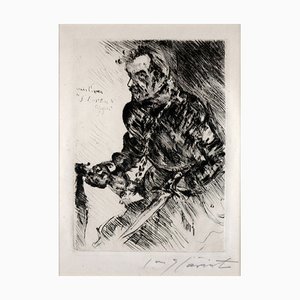
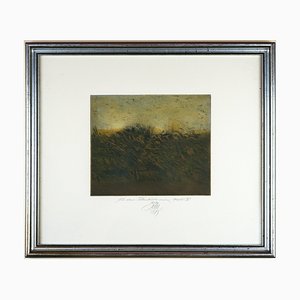
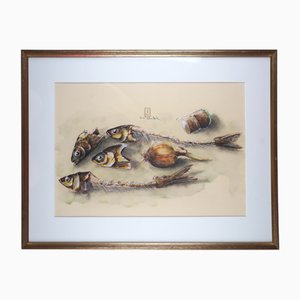
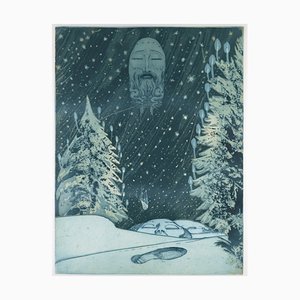
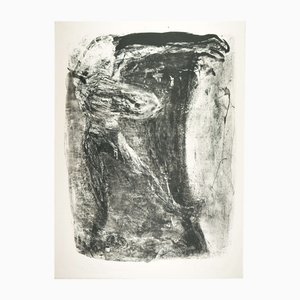
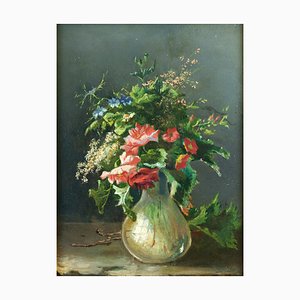
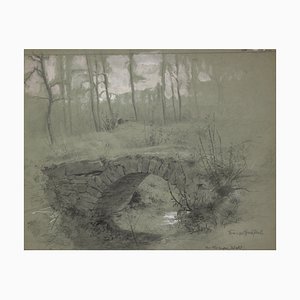


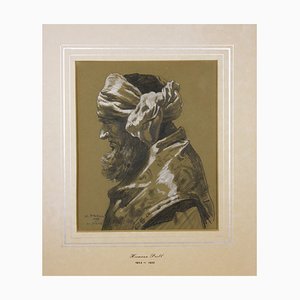
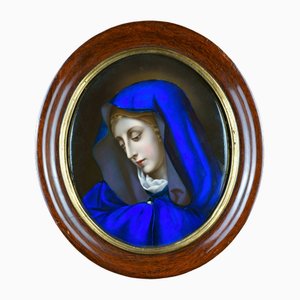
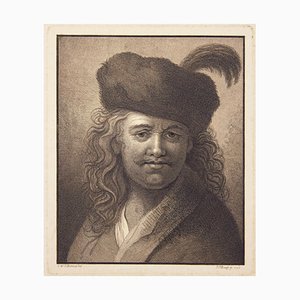
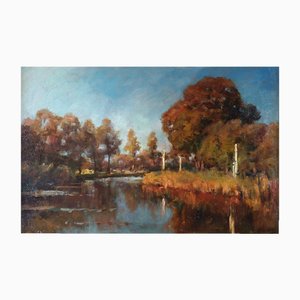

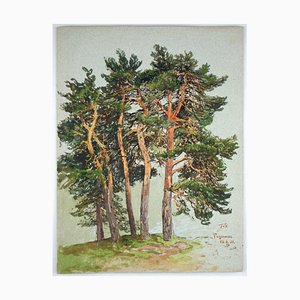
Get in Touch
Make An Offer
We noticed you are new to Pamono!
Please accept the Terms & Conditions and Privacy Policy
Get in Touch
Make An Offer
Almost There!
To follow your conversation on the platform, please complete the registration. To proceed with your offer on the platform, please complete the registration.Successful
Thanks for your inquiry, someone from our team will be in touch shortly
If you are a Design Professional, please apply here to get the benefits of the Pamono Trade Program